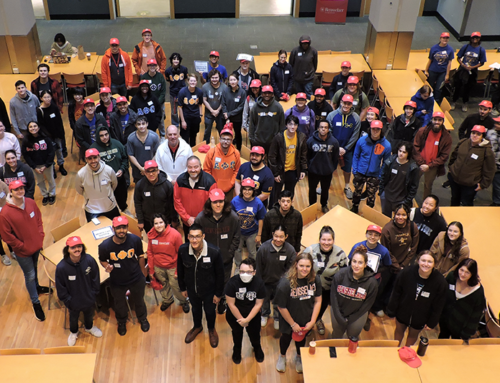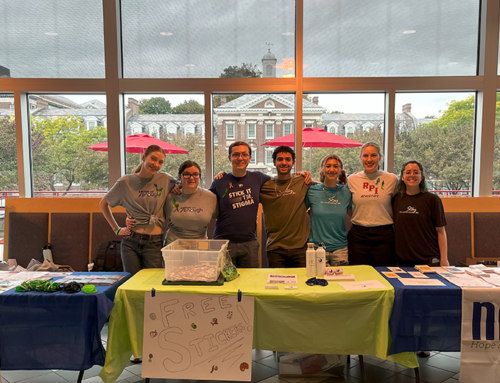By Aida Ayuk ’23, Architecture
The problems facing society force a degree of self-reflection on all scales. As I evaluate my own communities, I see architecture as an area where we must reconsider the role we play. We are the creators of communities — we sculpt wealth and poverty, and dictate the dynamics of every space we touch. This power carries a responsibility that should be at the forefront of every designer’s mind. Architecture gives purpose to each built space, and can drastically alter people’s daily lives by influencing how they interact with the world. Yet, this incredible ability appears wasted, as our designed spaces often don’t reflect the needs of communities and the individuals living within them. Architecture should be used as a tool to spark social change, but first, we need to rethink how we approach the design process and our individual purpose within this field.
This proposed shift is one I’ve come across working on conceptual projects. In my second semester at Rensselaer Polytechnic Institute, I worked in a studio under the leadership of Professor Rhett Russo. An important concept of this studio was allowing objects’ and environments’ ingrained characteristics to lead design decisions. I recreated a technological breakdown of a 1970s record player. I studied the foundational elements of the record player and researched fuel sources that exhibited parallel principles. The energy source biogas, utilized in African villages, found its way into my reconfigured machine and a residential home formed around it. This forced new dynamics as the machine and the inhabitants now had a mutually beneficial relationship — they survived by taking care of one another.
This concept may seem abstract in a real-world scheme, but I think it’s anything but. It acts as a model for what responsive architecture should and could look like. In a hypothetical world where designers could forgo current logistical limitations, there is potential to execute design that weaves seamlessly into an existing ecosystem. This would result in a similar caretaking dynamic between our environment, its populations, and the built world. Yet, the field of architecture is still conservative in its practices and has numerous obstacles to overcome before it can truly serve communities.
As I came to understand the restrictions that keep socially impactful design hypothetical, I turned to the entrepreneurship community at Rensselaer, which has a similar mindset to the architecture community. Both have responsibilities to assess societal needs and respond with solutions. The main difference is that the entrepreneurship community has an existing interdependent relationship between entrepreneurs and consumers — they survive by providing for one another. An entrepreneurial mindset could be the solution that the field of architecture needs. A design model could be formed that gives back an equal value or function to what it takes, possibly in a regenerative fashion. This, along with engaging all members of a community, would provide an opportunity for architects to prioritize social impact over design that aids the few and fortunate. I intend to pursue this mission, whether through the lens of an architect or an entrepreneur, and ask that all designers also take the time to self-reflect on their roles and responsibilities to our society.



